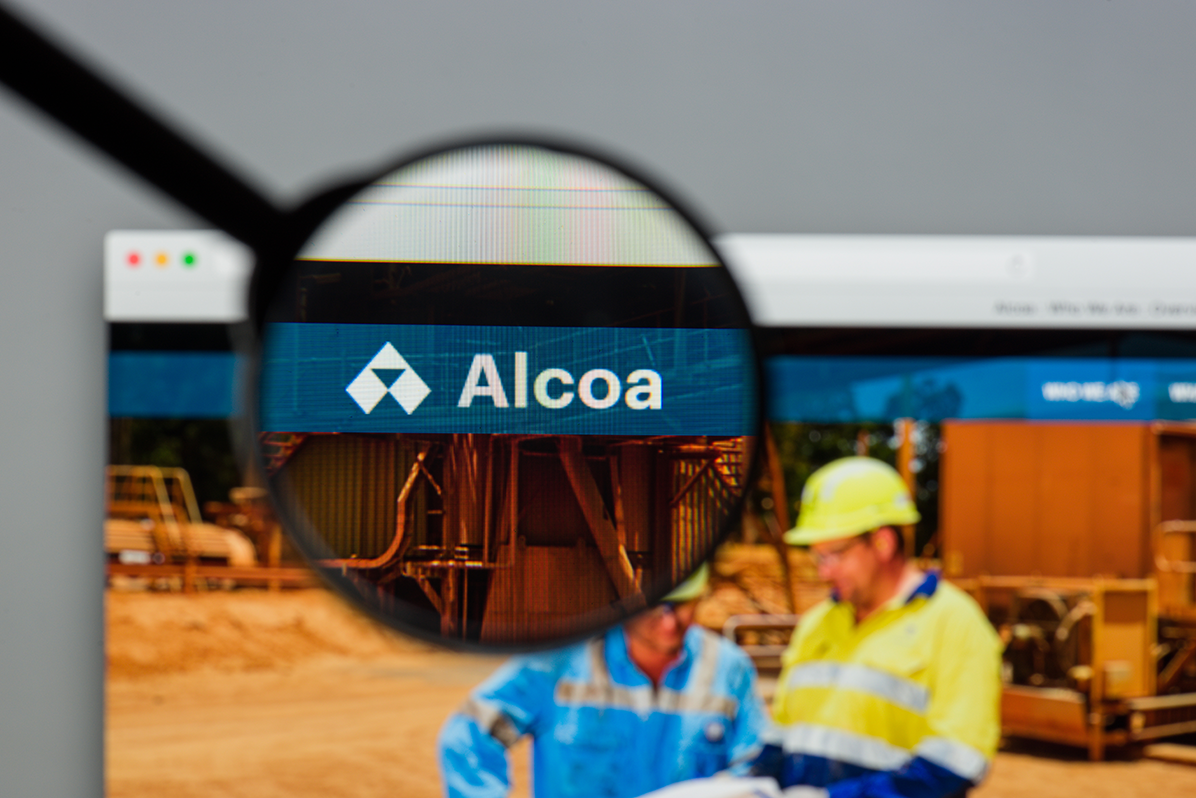Alcoa and a Culture of Safety
Boost Performance and Create an Engaged Workforce with Safety
This has to be one of the truly great stories of culture building in a business.
Years before taking on his role as US Secretary of the Treasury, Paul O’Neill accepted the CEO role of aluminum producer Alcoa. Before assuming his duties, he had three months to think about what he wanted to do at Alcoa. He decided to build a world-class organization. He needed to build a culture that gave employees a sense of purpose where they were recognized.
Alcoa was a major steel producer. But when O’Neill took over, business suffered, and margins were waning. He needed a “cause to action” to embolden the workforce, and he found it with safety. He assessed that such commitment would help to win employees’ hearts and minds and, at the same time, lead to evaluation and improvements of work processes to create greater efficiencies.
The Paramount to achieving this goal was reinforcing the organization’s commitment to employee safety so all staff knew that leadership cared about them and was committed to their welfare. For O’Neill, the first step was to make employees feel safe to come to work and do their job without concern for their safety. Aluminum production is inherently an unsafe process.
At that time, the average injury rate in America was about five employees per 100 who lost at least one day of work each year due to injury. When O’Neill took over as CEO, the company safety director reported with pride that, at Alcoa, the average employee loss of a day of work due to injury was much lower – 1.86 employees per 100 who lost a day of work due to injury. This was one-third of the US average. Nonetheless, O’Neill, emboldened by the need to create a real commitment to safety, stated his commitment that the company’s goal was to aim for zero lost workdays.
Three months into O’Neill’s tenure, a production employee was killed in an accident that involved his not following a safety procedure, all the while being observed by two supervisors, who did nothing to stop him from overlooking the safety rules.
Fourteen hours after the accident, O’Neill called his leadership in an emergency session to review the event.
“We killed this man,” he started. “It’s my failure of leadership. I caused his death. And it’s the failure of all of you in the chain of command.” O’Neill’s words set the tone for his view of leadership’s role in the company’s commitment to health and safety. O’Neill’s response was not simply to blame the supervisors—he said that leadership and the organization failed this employee by not clearly and effectively communicating the importance of safety at Alcoa in a way that affected everyone’s behavior.
O’Neill and his leadership team took many immediate steps: the company quickly had safety barriers repainted with bright colors. The company promulgated new health and safety policies and procedures. O’Neill communicated to every employee that they could call him at home to suggest new safety procedures if local management was not listening to or implementing these ideas.
In the coming months, O’Neill discussed safety at the start of every presentation or meeting, including board and investor meetings. It was the first and highest priority on his agenda. This commitment to safety began to permeate the company’s culture profoundly.
By the time O’Neill left the position fourteen years later, Alcoa had reduced employee lost workdays per 100 employees from 1.86 down to 0.126—less than one-tenth of the number when O’Neill had assumed his role and one-twentieth of the US average.
Also, during O’Neill’s fourteen-year tenure, the company’s market value increased over nine-fold, from $3 billion in 1986 to $27.53 billion in 2000. And net income increased over seven-fold, from $200 million to $1.484 billion.
A post-mortem evaluation of O’Neill’s tenure, and especially his commitment to safety at Alcoa, offer a few insights:
- The company’s commitment to safety lowered costs across the board that would otherwise have been spent on regulatory infractions, more inspectors, lost employee worktime, worker’s compensation claims, and a host of other related costs.
- Leadership’s commitment to employee safety sent a message to staff that the company was committed to their welfare (and, in turn, their dignity and respect), which invited greater employee discretionary effort in their jobs.
- The habit of getting employees committed to excellence for safety served as a key competency that helped to drive excellence in other aspects of business performance.
As part of this last point, O’Neill believed that simultaneously improving safety can improve manufacturing processes. And efforts to gather data on monitoring safety can foster sharing of other ideas that improve operations and innovation. He attributed the “habit of safety” to instill a habit of excellence in everything that staff did.
Sources
“Have We Learned The Alcoa ‘Keystone Habit’ Lesson?” Rodd Wagner, Forbes, January 22, 2019.
“How Paul O’Neill Fought For Safety At Alcoa,” Dave Burkus, website: daveburkus.com, April 28, 2020.
“’Habitual excellence’: The workplace according to Paul O’Neill,” Mark Roth, Pittsburgh Post-Gazette, May 13, 2012.

